Music
Trailers
DailyVideos
India
Pakistan
Afghanistan
Bangladesh
Srilanka
Nepal
Thailand
Iraq
Iran
Russia
Brazil
StockMarket
Business
CryptoCurrency
Technology
Startup
Trending Videos
Coupons
Football
Search
Download App in Playstore
Download App
Best Collections
Technology

As the COVID-19 death toll in the United States continues to climb, American stocks are, in a grim divergence, recovering lost ground.
It isn&t clear precisely why locally-listed equities have risen in recent weeks, let alone today, but letgo over the dayresults so that we&re all on the same page.
In regular trading today, the Dow Jones Industrial average rose 558.99 points, or 2.39%, while the broader S-P 500 rose 84.83 points, or 3.06%. But it was the tech-heavy Nasdaq that posted the largest rally of the major American indices by gaining 323.32 points or 3.95%. Niching into the tech sector itself, SaaS and cloud companies measured by the Bessemer cloud index rose 49.16 points, or 4.18% on the day.
Returning to the why, here are some hypotheses: CNBC wrote that the markets rallied &on improving virus outlook,& Bloomberg observed that shares rose &after signs virus outbreak is easing,& and CNN Business posited that todaygains came &amid optimism over better-than-expected trade data from China.& On the same theme, MarketWatch wrote that the markets were up &as states weigh reopening economy,& while Barrons pointed to earnings being &better than expected.&
Reading just the headlines, you might think that things were economically fine in the United States. They aren&t; unemployment is still rising sharply around the country with millions of jobs lost each week, the nationfood supply is slipping, farmers are dumping food while bread lines surge, and we&re still losing nearly two thousand humans each day in the US to COVID-19.
But thatthe public market. In the private markets, ita different tune: every person I talk to concerning the domestic private market is expecting a recession of at least a quarter or two, and most anticipate a &U& shaped recovery instead of a &V& shaped return to form. Hell, you can look at Chinare-opening and see our future; v-shaped our next months will not be.
Which is why we&re bringing you todaystock market tallies. Things have sharply rebounded, so much so in fact that if you calculate from recent bottoms you could confuse yourself:
- Dow Jones Industrial Average % ∆ from 52 week lows: +31.5%
- S-P 500 % ∆ from 52 week lows: +29.6%
- Nasdaq % ∆ from 52 week lows: +28.4%
Feeling better? I&m not.
The gap between public optimism and private pessimism is the reverse of what we&ve seen before, but it makes about as much sense. There may be a way for both the private market and public market to be right, but I doubt it. Every venture capitalist is talking about B2B companies seeing falling sales and rising churn. And since the stock market last reached record lows, the world has only gotten worse. To see gains, then, in shares as business quality crumbles is odd..
And, finally, if they aren&t then what an economy, right?
- Details
- Category: Technology Today
Read more: The odd truth these days's stock market
Write comment (98 Comments)NBCUniversal new streaming service Peacock is launching for ComcastXfinity X1 and Flex customers tomorrow, April 15, at no additional cost.
Comcast says the rollout to its platforms begins tomorrow and will complete by monthend.
This lines up with the schedule that the company announced in January,which pointed to a broader launch on July 15. NBCUniversal says thatstill happening, though the launch will no longer coincide with the Tokyo Summer Olympics.
Comcast subscribers will get access to Peacockpremium tier, which it says will include an on-demand library of more than 15,000 hours of TV and movies, including &30 Rock,& &Parks and Recreation,& &Two and a Half Men,& &Yellowstone,& &Law - Order& and its various spin-offs, &Jurassic Park& and &Shrek.& It also will include early access to NBClate-night shows &The Tonight Show& with Jimmy Fallon and &Late Night With Seth Meyers.&
When the service launches more broadly in July (which is also when it launches on mobile), there will be a free tier with roughly half as much content. If you pay for Peacock Premium separately, it will cost $4.99 per month with ads, or $9.99 per month without ads. (Peacockad load will be relatively light at launch, with no more than five minutes of ads per hour.)
Like every streaming service, Peacock will eventually feature original programming, including a reboot of &Battlestar Galactica.& The release dates for some of that original programming may be delayed, however, as the COVID-19 pandemic has shut down productions worldwide. But Peacock Chairman Matt Strauss told reporters today that a few of its series are on track for 2020, including the &Psych& movie, &Brave New World& and the reboots of &Punky Brewster& and &Saved by the Bell.&
Strauss added that he remains &very optimistic& about Peacockprospects, thanks to &a vast library of content that we know is going to resonate.& (Lest this seem like merely putting a brave face on a tough situation, itworth noting that Disney+ recently passed more than 50 million subscribers despite — &The Mandalorian& aside — a relatively limited slate of originals.)
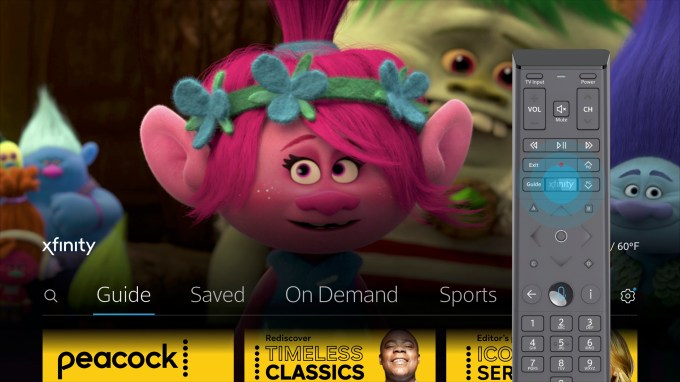
&Whatpostponed in 2020 will come back to us, even bigger, in 2021 — when Peacock will, arguably, really be hitting its stride,& Strauss said.
Dana Strong, president of consumer services at Comcast Cable, also noted that &viewing on every dimension of our platform is up during this period,& with a year-over-year increase of two hours per day per household, as well as a 50% increase in video-on-demand viewing.
Strauss also downplayed COVID-19impact on advertising, noting that Peacock reached the milestone of 10 advertising sponsors at launch, and characterized its deals as being more focused on the &long-term.&
And while Comcast (as NBCUniversalparent company) makes sense as the initial cable partner for Peacock, he said, &We see an opportunity to do similar bundling deals with other distributors.&
- Details
- Category: Technology Today
Read more: NBCUniversal’s Peacock launches on Comcast tomorrow
Write comment (92 Comments)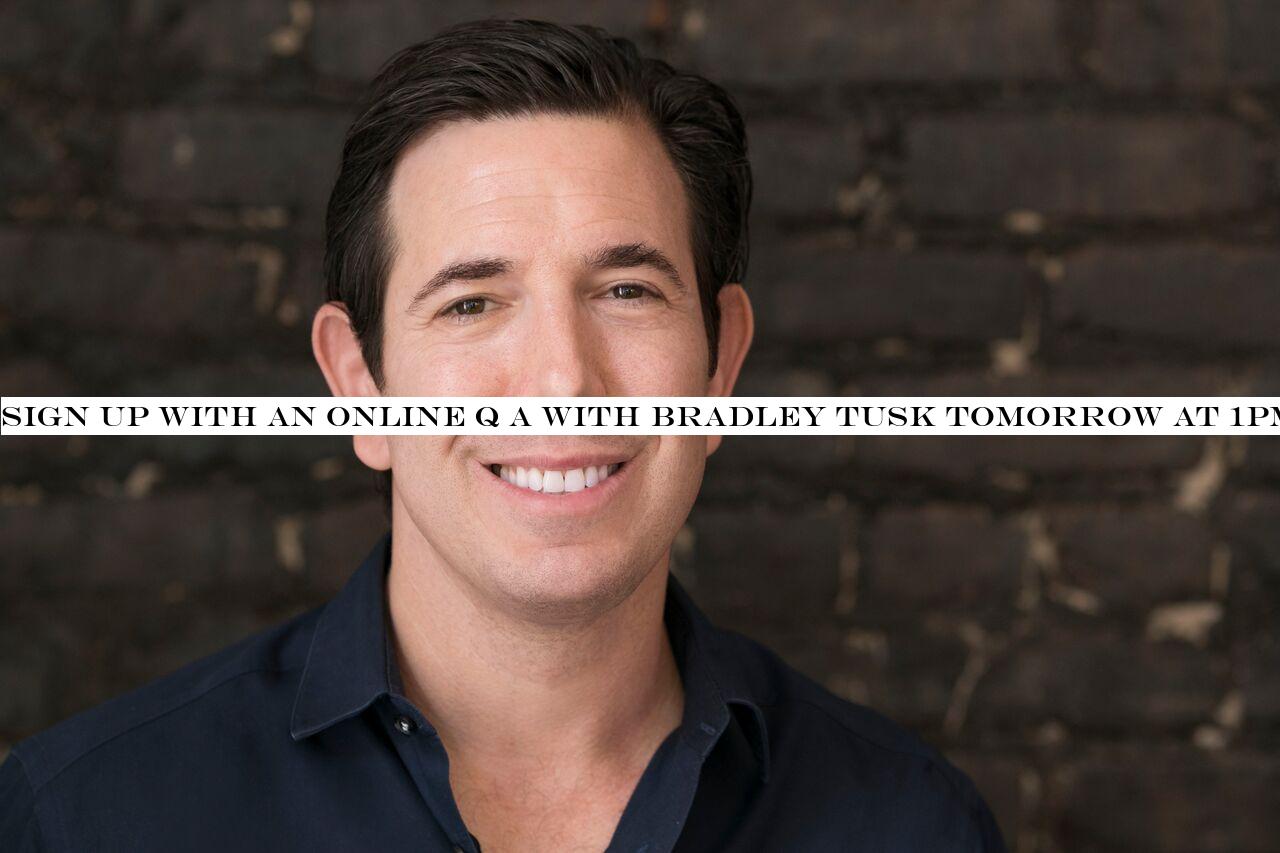
Bradley Tusk is relatively unique among investors. Where other VCs shy away from heavily regulated industries and businesses, Tusk leans in.
The Tusk Ventures founder and CEO has investments that include Uber, Bird, Coinbase, Lemonade, FanDuel and Alma Health.
At a time when good governance is front and center, and innovative thinking to evolve the status quo is necessary, we couldn&t be more thrilled to have Tusk join us for a live Q-A session.
In the last decade, public perception of the tech industry has changed dramatically. When Tusk first invested in Uber, the &ask for forgiveness, not permission& era was well underway. Since, tech has slowly been seen as an enemy after an erosion of public trust by big and small firms alike. Has the coronavirus pandemic shifted the tide of public sentiment in favor of tech? This is but one of many questions we&ll ask Tusk.
We&re also excited to hear from Tusk on adaptation strategies for tech startups during this time, how they can catch the ear of government officials and regulators during COVID-19 in a way they couldn&t just a few months ago and how founders can be better leaders to their companies during a time of crisis.
We&ll also chat specifically about the potential of digitized voting tools and the explosion of telehealth amidst the pandemic.
There will be plenty of time for audience questions, so come prepared!
Hit up this link to drop the Zoom details into your calendar! See you there!
- Details
- Category: Technology Today
Read more: Sign Up With an Online Q A with Bradley Tusk tomorrow at 1pm ET/10am PT
Write comment (95 Comments)Though more people are stuck at home with their PCs and gaming consoles, times are still tough for small indie game developers that are often dependent on gaming conferences to both promote their titles and source investments and publishing deals.
Today, Sony announced they had earmarked $10 million for a fund dedicated to helping indie game developers that have seen negative impacts from the pandemic crisis. Earlier this month, Sony announced they had formed a $100 million fund dedicated to COVID-19 relief, though that fund was more explicitly focused on healthcare workers and remote education.
Sony didn&t share much in the way of details around the fund, noting that more details would be available soon. Alongside the fundannouncement, Sony shared that in order to encourage more PlayStation users to stay indoors, they were making both Uncharted: The Nathan Drake Collection and Journey available as free digital downloads on their digital store. The two bits of news are forming the basis for what PlayStation calls its &Play at Home Initiative.&
The titles will be available for free downloads from April 15 through May 5.
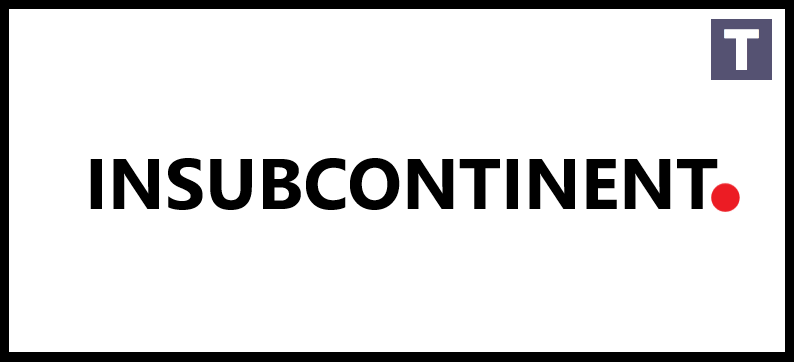
- Details
- Category: Technology Today
Read more: Sony announces $10M fund to help indie video game developers affected by COVID-19
Write comment (100 Comments)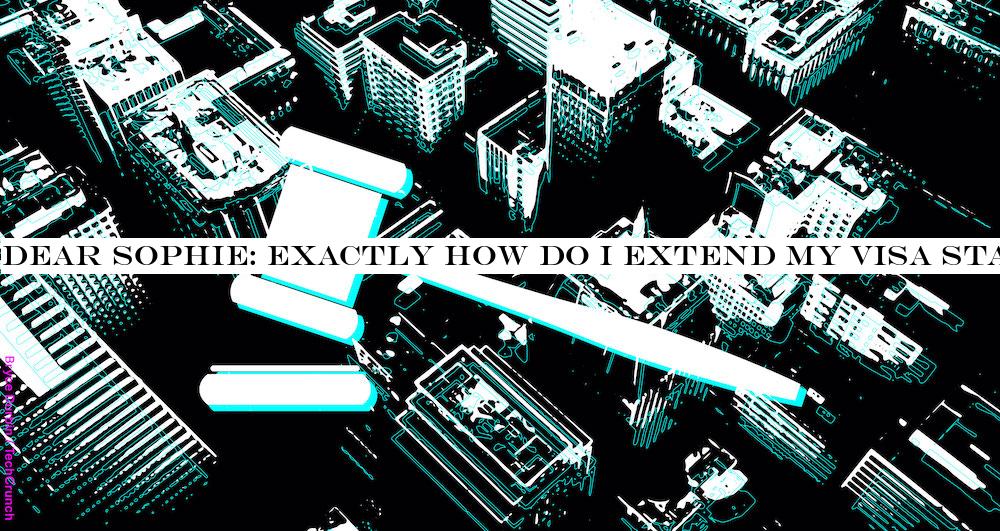
Hereanother edition of &Dear Sophie,& the advice column that answers immigration-related questions about working at technology companies.
&Your questions are vital to the spread of knowledge that allows people all over the world to rise above borders and pursue their dreams,& says Sophie Alcorn, a Silicon Valley immigration attorney. &Whether you&re in people ops, a founder or seeking a job in Silicon Valley, I would love to answer your questions in my next column.&
&Dear Sophie& columns are accessible for Extra Crunch subscribers; use promo code ALCORN to purchase a one or two-year subscription for 50% off.
Dear Sophie:
I&m an E-3 visa holder and I usually go back to Australia to extend my visa.
Given the COVID-19 travel restrictions, how do I extend my immigration status from inside the U.S.?
— Aussie Programmer
Dear Aussie:
Thanks for your question. The extension process from inside the U.S. is similar for you and anyone on a working visa, such as H-1B, H-1B1 (from Chile or Singapore) or TN (from Canada or Mexico). You might be used to traveling back home, or to Canada, to renew your visa. However, thereanother way to do it.
- Details
- Category: Technology Today
Read more: Dear Sophie: Precisely how do I extend my visa standing without leaving the United States
Write comment (90 Comments)Could avatars that show what co-workers are up to save work-from-home teams from constant distraction and loneliness? Thatthe idea behind Pragli, the Bitmoji for the enterprise. Ita virtual office app that makes you actually feel like you&re in the same building.
Pragli uses avatars to signal whether co-workers are at their desk, away, in a meeting, in the zone while listening to Spotify, taking a break at a digital virtual water coooler or done for the day. From there, you&ll know whether to do a quick ad hoc audio call, cooperate via screenshare, schedule a deeper video meeting or a send a chat message they can respond to later. Essentially, it translates the real-word presence cues we use to coordinate collaboration into an online workplace for distributed teams.
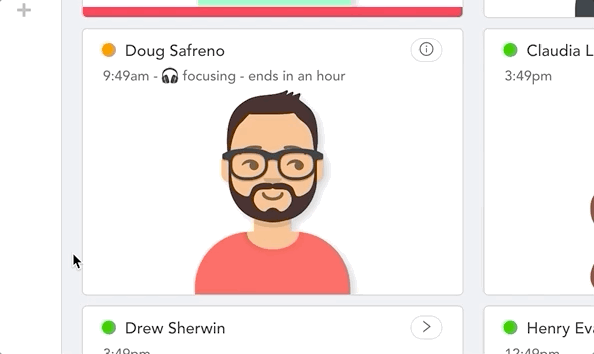
&What Slack did for email, we want to do for video conferencing,& Pragli co-founder Doug Safreno tells me. &Traditional video conferencing is exclusive by design, whereas Pragli is inclusive. Just like in an office, you can see who is talking to who.& That means less time wasted planning meetings, interrupting colleagues who are in flow or waiting for critical responses. Pragli offers the focus that makes remote work productive with the togetherness that keeps everyone sane and in sync.
The idea is to solve the top three problems that Pragliextensive interviews and a Buffer/AngelList study discovered workers hate:
- Communication friction
- Loneliness
- Lack of boundaries
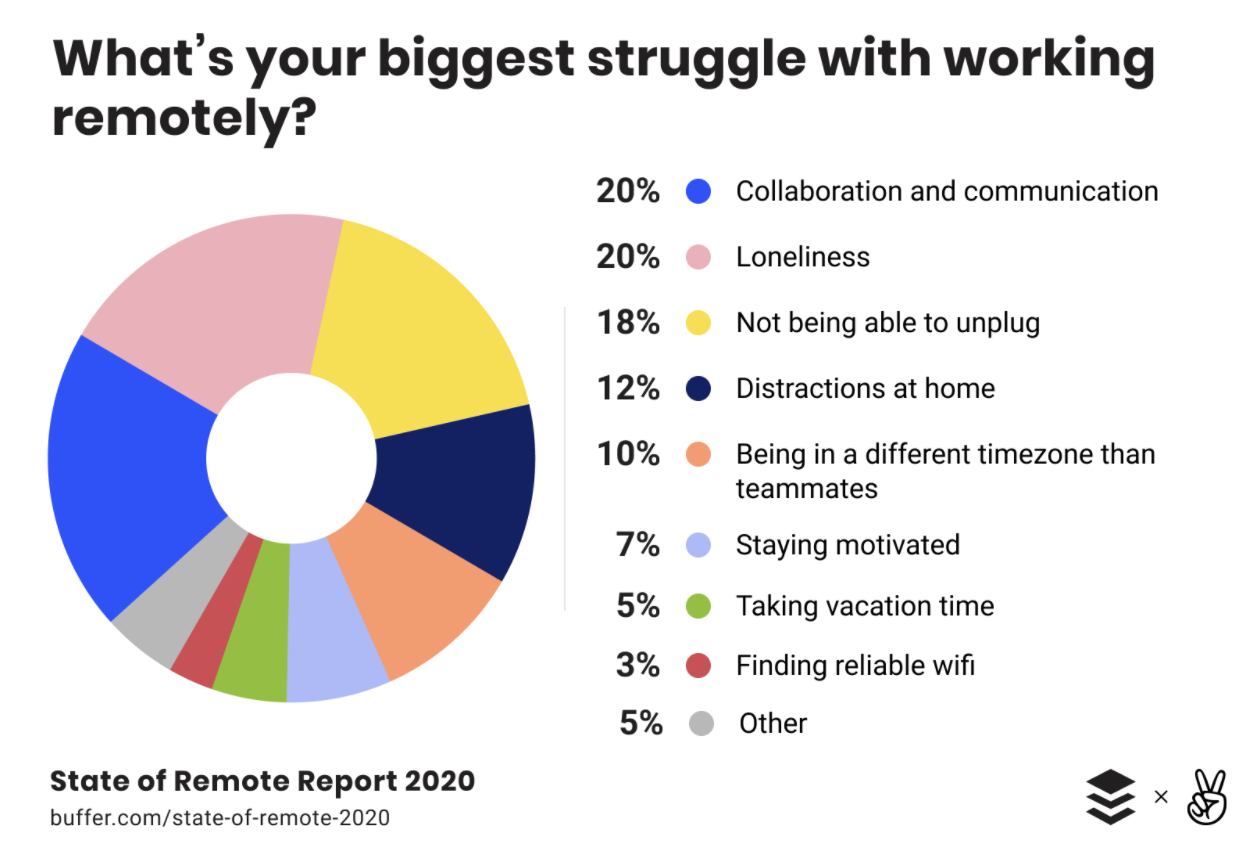
You never have to worry about whether you&re intruding on someonemeeting, or if it&d be quicker to hash something out on a call instead of vague text. Avatars give remote workers a sense of identity, while the Pragli water cooler provides a temporary place to socialize rather than an endless Slack flood of GIFs. And because you clock in and out of the Pragli office just like a real one, co-workers understand when you&ll reply quickly versus when you&ll respond tomorrow unless therean emergency.
&In Pragli, you log into the office in the morning and therea clear sense of when I&m working and when I&m not working. Slack doesn&t give you astrong sense if they&re online or offline,& Safreno explains. &Everyone stays online and feels pressured to respond at any time of day.&
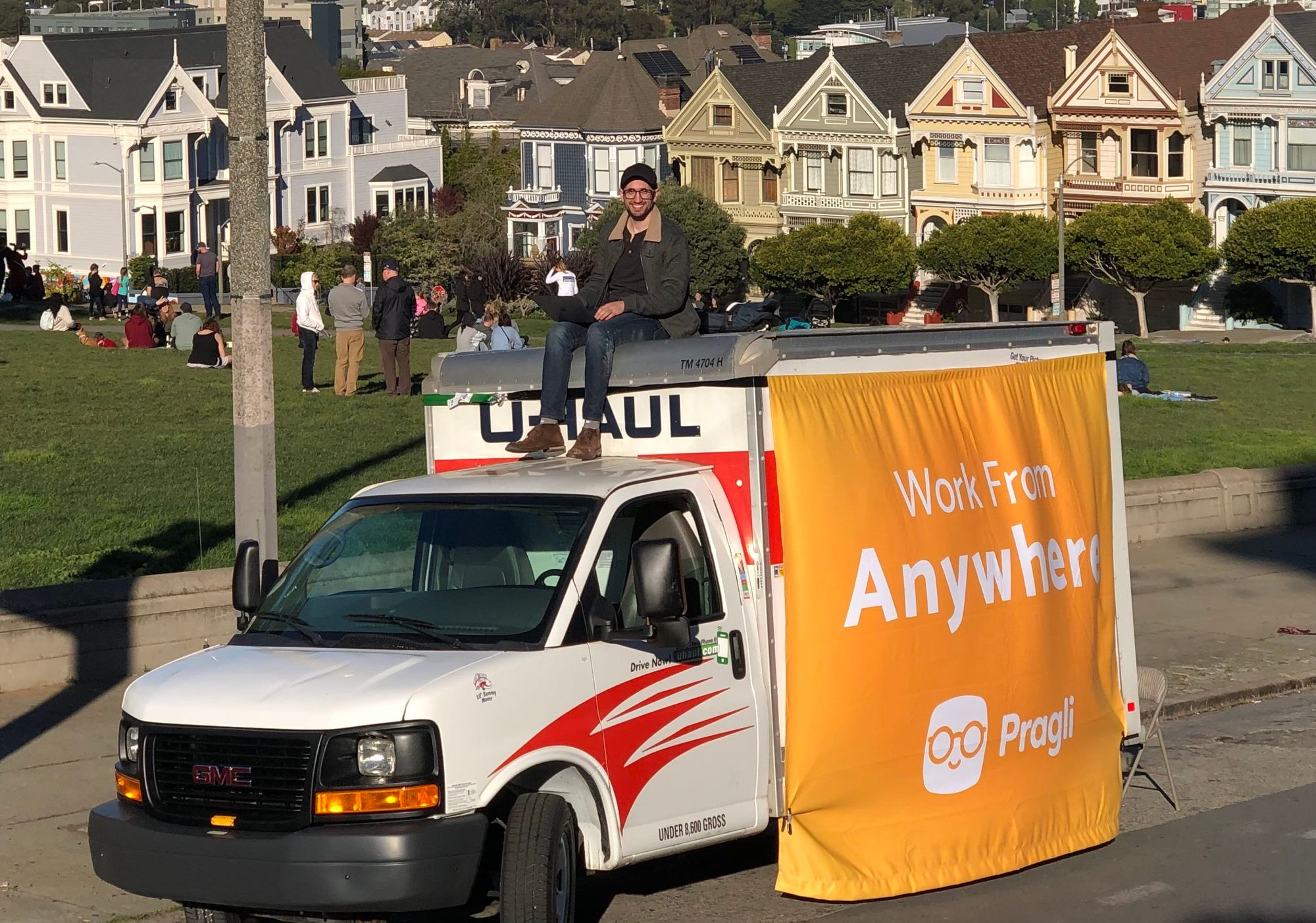
Pragli co-founder Doug Safreno
Safreno and his co-founder Vivek Nair know the feeling first-hand. After both graduating in computer science from Stanford, they built StacksWare to help enterprise software customers avoid overpaying by accurately measuring their usage. But when they sold StacksWare to Avi Networks, they spent two years working remotely for the acquirer. The friction and loneliness quickly crept in.
They&d message someone, not hear back for a while, then go back and forth trying to discuss the problem before eventually scheduling a call. Jumping into synchronous communicating would have been much more efficient. &The loneliness was more subtle, but it built up after the first few weeks,& Safreno recalls. &We simply didn&t socially bond while working remotely as well as in the office. Being lonely was de-motivating, and it negatively affected our productivity.&
The founders interviewed 100 remote engineers, and discovered that outside of scheduled meetings, they only had one audio or video call with co-workers per week. That convinced them to start Pragli a year ago to give work-from-home teams a visual, virtual facsimile of a real office. With no other full-time employees, the founders built and released a beta of Pragli last year. Usage grew 6X in March and is up 20X since January 1.
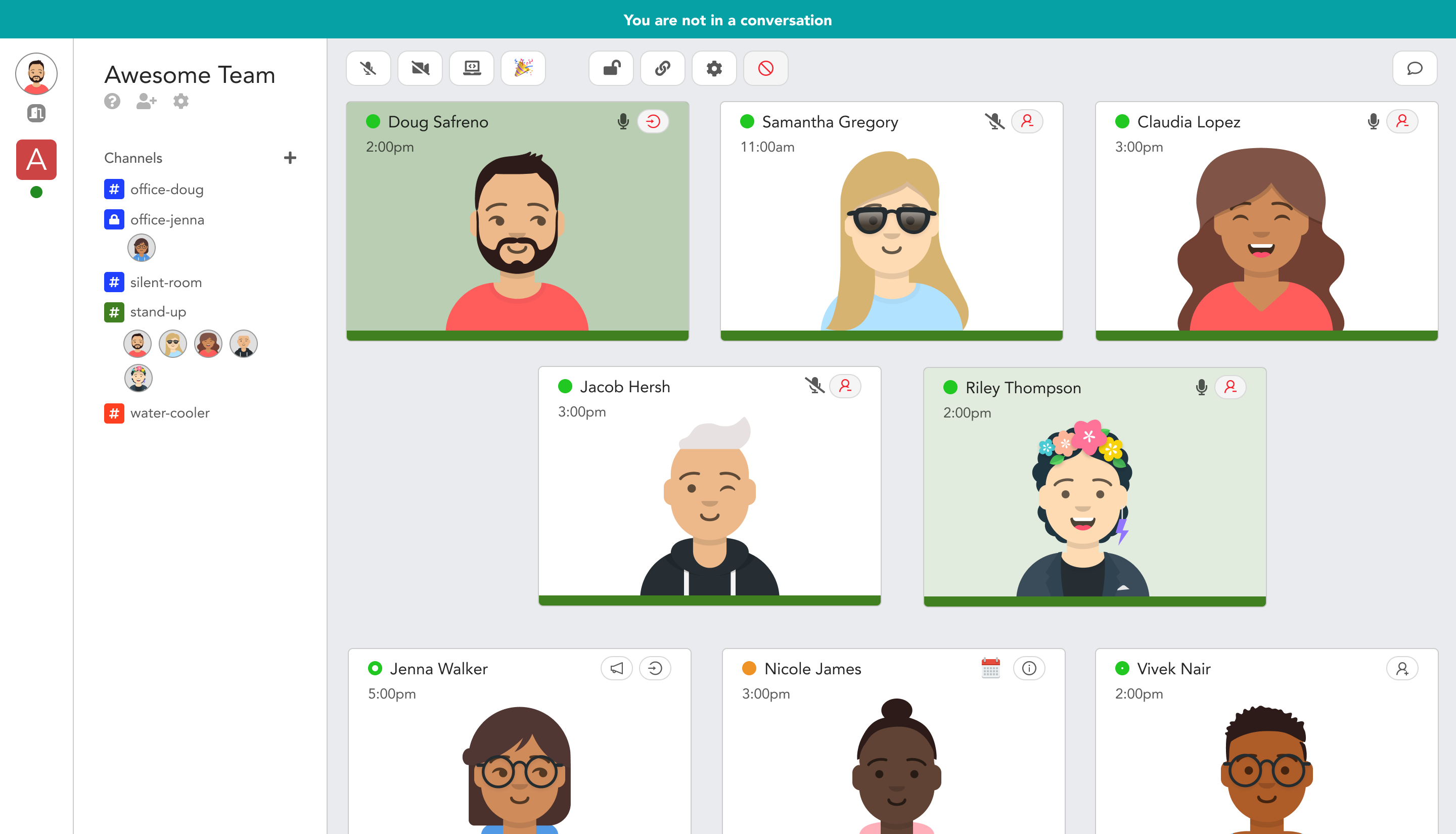
Today Pragli officially launches, and itfree until June 1. Then it plans to become freemium, with the full experience reserved for companies that pay per user per month. Pragli is also announcing a small pre-seed round today led by K9 Ventures, inspired by the firmdelight using the product itself.
To get started with Pragi, teammates download the Pragli desktop app and sign in with Google, Microsoft or GitHub. Users then customize their avatar with a wide range of face, hair, skin and clothing options. It can use your mouse and keyboard interaction to show if you&re at your desk or not, or use your webcam to translate occasional snapshots of your facial expressions to your avatar. You can also connect your Spotify and calendar to show you&re listening to music (and might be concentrating), reveal or hide details of your meeting and decide whether people can ask to interrupt you or that you&re totally unavailable.
![]()
From there, you can by audio, video or text communicate with any of your available co-workers. Guests can join conversations via the web and mobile too, though the team is working on a full-fledged app for phones and tablets. Tap on someone and you can instantly talk to them, though their mic stays muted until they respond. Alternatively, you can jump into Slack-esque channels for discussing specific topics or holding recurring meetings. And if you need some down time, you can hang out in the water cooler or trivia game channel, or set a manual &away& message.
Pragli has put a remarkable amount of consideration into how the little office social cues about when to interrupt someone translate online, like if someonewearing headphones, in a deep convo already or if they&re chilling in the microkitchen. Itleagues better than having no idea what someonedoing on the other side of Slack or whatgoing on in a Zoom call. Ita true virtual office without the clunky VR headset.
&Nothing we&ve tried has delivered the natural, water-cooler-style conversations that we get from Pragli,& says Storj Labs VP of engineering JT Olio. &The ability to switch between ‘rooms& with screen sharing, video and voice in one app is great. It has really helped us improve transparency across teams. Plus, the avatars are quite charming as well.&
With Microsoftlack of social experience, Zoom consumed with its scaling challenges and Slack doubling down on text as it prioritizes Zoom integration over its own visual communication features, thereplenty of room for Pragli to flourish. Meanwhile, COVID-19 quarantines are turning the whole world toward remote work, and itlikely to stick afterwards as companies de-emphasize office space and hire more abroad.
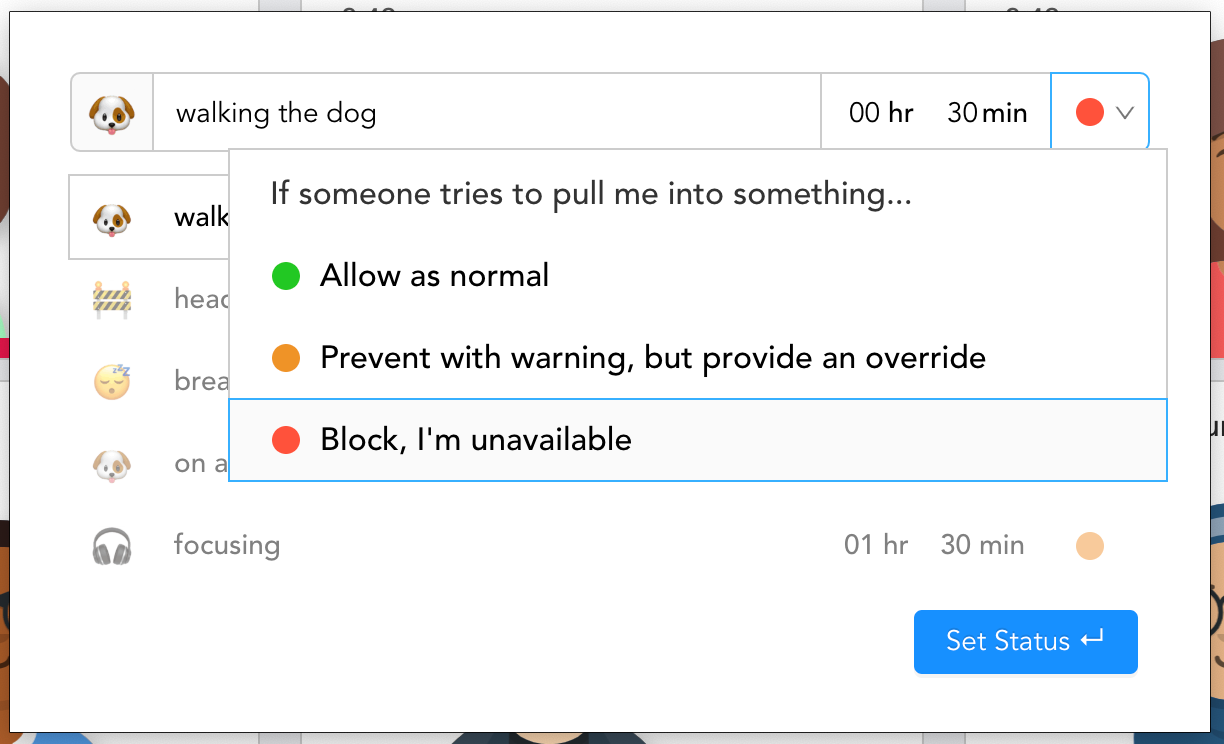
The biggest challenge will be making comprehensible enough to onboard whole teams such a broad product encompassing every communication medium and tons of new behaviors. &How do you build a product that doesn&t feel distracting like Slack but where people can still have the spontaneous conversations that are so important to companies innovating?,& Safreno asks. The Pragli founders are also debating how to encompass mobile without making people feel like the office stalks them after hours.
&Long-term, [Pragli] should be better than being in the office because you don&t actually have to walk around looking for [co-workers], and you get to decide how you&re presented,& Safreno concludes. &We won&t quit, because we want to work remotely for the rest of our lives.&
- Details
- Category: Technology Today
Read more: Replace non-stop Zoom with remote office avatars app Pragli
Write comment (96 Comments)Page 979 of 1437

 11
11





